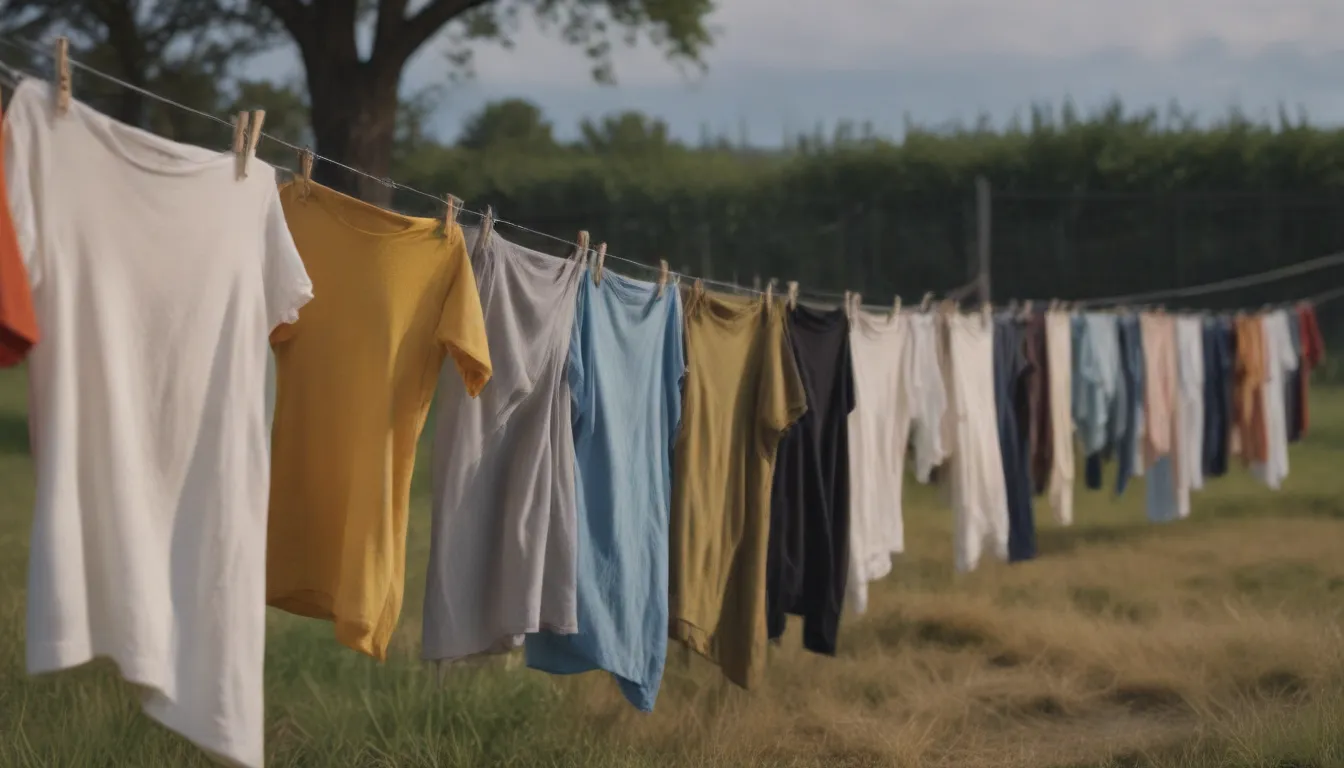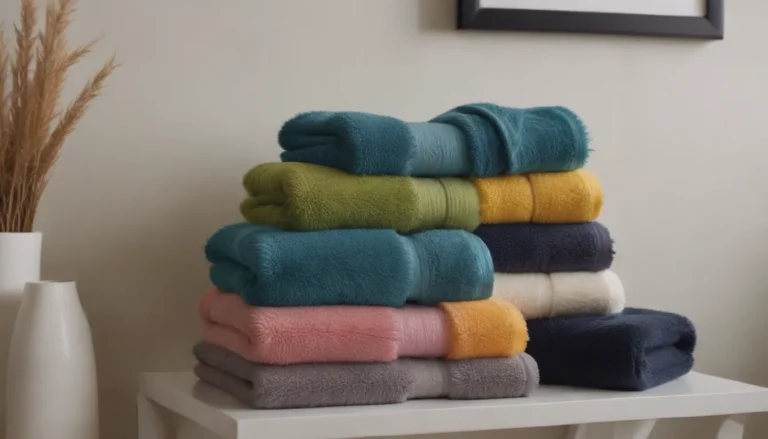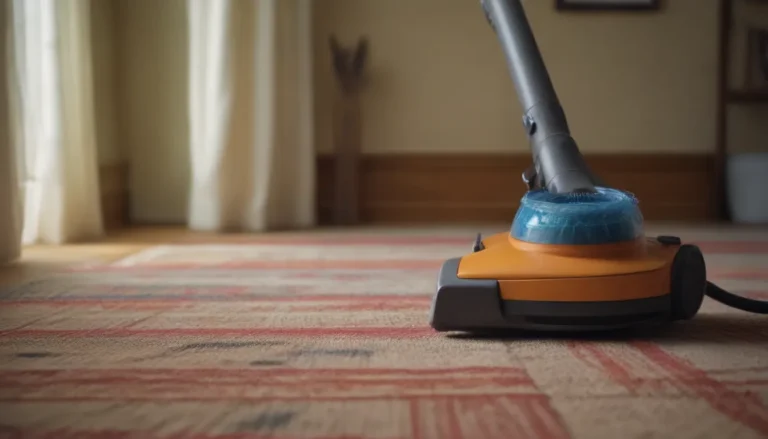The Benefits and Drawbacks of Line-Drying Your Clothes

Are you considering setting up a clothesline to dry your laundry and save on energy bills, but are hesitant due to certain concerns? While sun-drying your clothes outdoors can be a cost-effective and eco-friendly option, there are several factors to consider before making the leap. In this comprehensive guide, we will explore the reasons why you may want to skip drying your clothes outside and consider alternative methods. From local ordinances and lack of space to unpleasant odors and poor weather conditions, we’ll delve into the pros and cons of line-drying your clothes to help you make an informed decision.
Local Ordinances:
Many towns, municipalities, and neighborhoods have rules and regulations regarding outdoor clotheslines. While line-drying your clothes may seem harmless, it can actually be a violation of local ordinances in certain areas. Some people view clotheslines as eyesores that lower property value, leading to restrictions on their use. Even if your area permits outdoor clotheslines, there may be guidelines on how they should be concealed or positioned. Violating these regulations could result in costly fines from your homeowner’s association or city. Before setting up a clothesline, be sure to research and understand any local ordinances that may impact your decision.
Lack of Space:
One of the key considerations when setting up a clothesline is the availability of space in your yard. While there are various designs and options for clotheslines, you’ll need to designate a specific area that receives ample sunlight and has enough clearance for hanging and gathering clothes. If space is limited in your yard or if you have competing needs for outdoor areas, such as children’s play spaces or entertaining guests, line-drying may not be a practical option. In such cases, retractable clotheslines that can be easily stored away when not in use may be a suitable alternative.
Unpleasant Odors and Allergens:
Line-drying your clothes outdoors can expose them to odors and allergens from the surrounding environment. Depending on where your clothesline is located, your laundry may absorb smells from nearby highways, animal farms, or manufacturing plants. Additionally, outdoor pollen and mold spores can cling to your clothes during drying and be brought into your home, triggering allergies and respiratory issues. For individuals with sensitivities or compromised immune systems, these allergens can pose significant health risks. Consider the air quality and surroundings of your outdoor drying area before opting for line-drying.
Insects and Animals:
One of the challenges of line-drying clothes outdoors is the presence of insects and animals that may visit your laundry. Bird droppings and insect stains are common issues faced by outdoor dryers, requiring additional washing to remove. If your clothesline is near fruit-bearing trees or bushes, you may find it challenging to keep your clothes free of stains from berries and droppings. To avoid having to rewash your laundry due to unwelcome visitors, consider protective measures or alternative drying methods.
Poor Weather Conditions:
While sunny, dry weather is ideal for line-drying, unexpected weather changes can disrupt your laundry routine. Dust kicked up by dry conditions or sudden rain showers can soil your clothes and necessitate additional washing. Leaves, debris, and bird droppings carried by the wind can also stain clothes left out to dry. It’s essential to have a backup plan for inclement weather or to consider alternative drying methods, such as indoor racks, to prevent damage to your clothes.
Pros and Cons of Drying Methods:
Before deciding on a drying method for your laundry, it’s essential to weigh the pros and cons of different options. Line-drying your clothes outdoors can prevent shrinking and preserve the quality of certain fabrics, such as white linens. The ultraviolet rays of the sun can act as a natural bleach, revitalizing white garments and linens. However, colored clothes are at risk of fading and losing vibrancy when exposed to direct sunlight. Additionally, heavy or stretchy garments may be damaged by hanging on a clothesline, causing stretching and potential thread pullouts. Consider using a folding drying rack as an alternative, which can be used both indoors and outdoors, offering flexibility and protection for your clothes.
In conclusion, while line-drying your clothes outdoors can be a sustainable and cost-effective option, there are several factors to consider before making the switch. From local regulations and lack of space to potential odors, allergens, and weather-related challenges, it’s essential to evaluate the suitability of outdoor drying for your lifestyle and environment. By understanding the benefits and drawbacks of different drying methods, you can make an informed decision that meets your laundry needs while minimizing potential risks.





